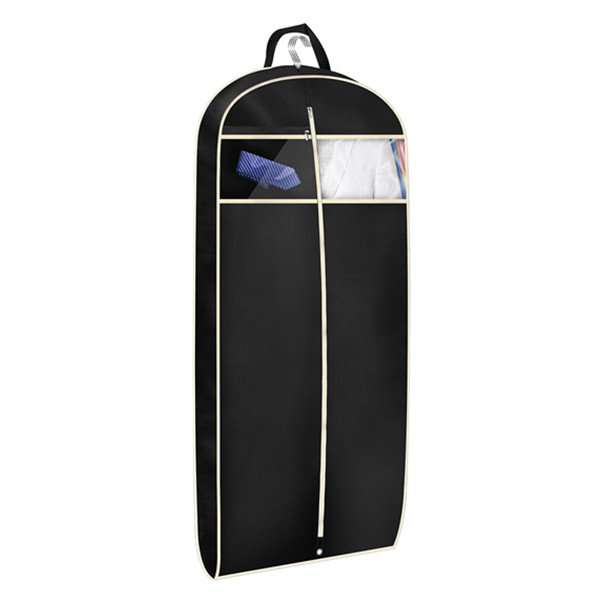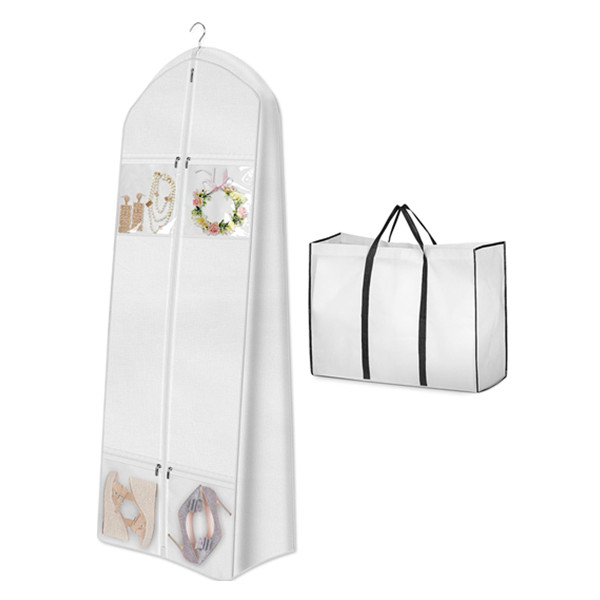Creating custom garment bags isn’t just about functionality; it’s an art that combines protection, style, and brand representation. As a manufacturer, I understand the intricacies and nuances involved in producing these bespoke items, ensuring they meet the unique needs of our clients. Here, I’ll guide you through the seamless process of making custom garment bags, highlighting key aspects from material selection to final touches.
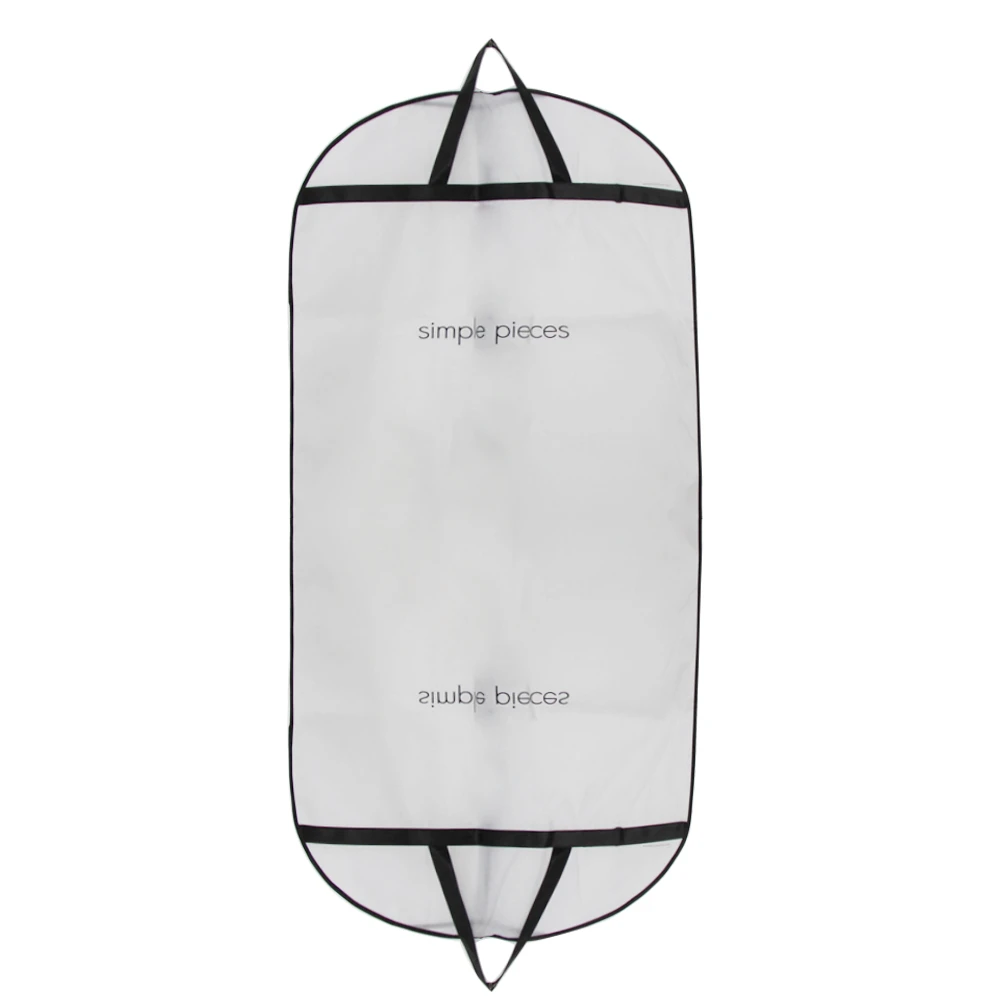
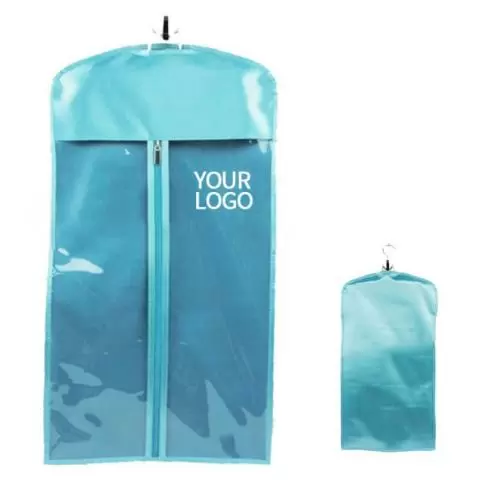

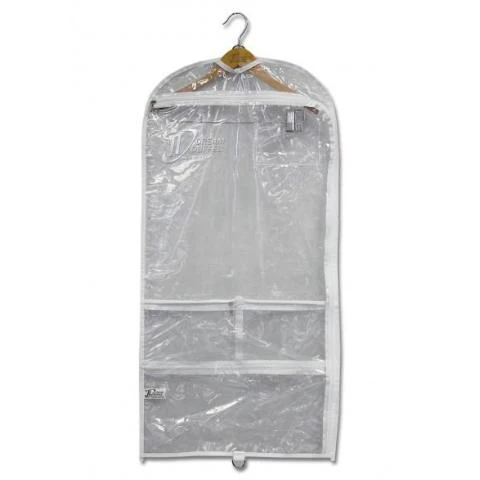
Custom garment bags are crafted through a streamlined process involving careful material selection, design customization, precision manufacturing, and quality control. This ensures each bag meets specific client requirements for both function and aesthetics.
1 Selecting the Right Materials
Choosing the perfect material is crucial. High-quality non-woven fabrics, polyester, nylon, or cotton are commonly used, each offering distinct advantages. Non-woven fabrics are lightweight and breathable, ideal for short-term storage. Polyester and nylon are durable and water-resistant, perfect for frequent travelers. Cotton provides a more luxurious feel, often used for high-end garments. The material not only affects the bag’s durability but also its appearance and cost.
2 Designing for Functionality and Style
Customization begins with understanding the client’s needs. Do they require pockets for accessories? A clear window for easy identification? A logo or brand colors for promotional purposes? Design elements are tailored to meet these needs. Functional features like reinforced handles, sturdy zippers, and hanger openings ensure the bag is practical. Style aspects, such as color choices, patterns, and branding elements, make the garment bag an extension of the client’s brand.
3 Creating Patterns and Prototypes
Once the design is finalized, the next step is creating patterns. These patterns serve as blueprints for cutting the fabric. Advanced software helps in creating precise patterns, minimizing waste. After patterns are made, prototypes are developed. This allows for testing the design for functionality and aesthetics. Adjustments are made as necessary to ensure the final product is perfect.
4 Precision Cutting and Sewing
With patterns and prototypes approved, production moves to the cutting stage. Fabrics are cut according to the patterns using automated cutting machines for accuracy. The cut pieces are then sewn together by skilled workers or sewing machines. Special attention is given to seams and edges to ensure durability. This stage requires precision to ensure all elements fit together seamlessly.
5 Adding Custom Features
Customization doesn’t end with the basic structure. Features like custom logos, embroidery, or printed designs are added. Logos can be printed using screen printing or digital printing methods. Embroidery adds a touch of elegance, often used for high-end garment bags. Other custom features might include additional pockets, labels, or personalized tags. Each feature is added with care to ensure it enhances the bag’s overall functionality and appearance.
6 Quality Control and Testing
Quality control is a critical step in the manufacturing process. Each garment bag undergoes rigorous testing to ensure it meets quality standards. This includes checking the strength of seams, the durability of zippers, and the accuracy of custom features. Bags are tested for durability by simulating conditions they might face during use. Only those that pass these tests proceed to the next stage.
7 Eco-Friendly Considerations
Sustainability is increasingly important. As manufacturers, we look for eco-friendly materials and processes. This might include using recycled fabrics or reducing waste through efficient cutting methods. Clients are often interested in these options to align with their sustainability goals. Offering eco-friendly custom garment bags can also be a unique selling point.
8 Final Assembly and Packaging
After passing quality control, the garment bags are ready for final assembly. This includes attaching any last-minute features, such as tags or labels. The bags are then carefully packed to prevent any damage during shipping. Packaging is also customized according to client requirements, ensuring that the bags arrive in pristine condition.
By focusing on every detail, from material selection to final delivery, we ensure that custom garment bags meet the highest standards of quality and functionality. These bags not only protect valuable garments but also reflect the brand’s image, making them an essential accessory for both individuals and businesses.

